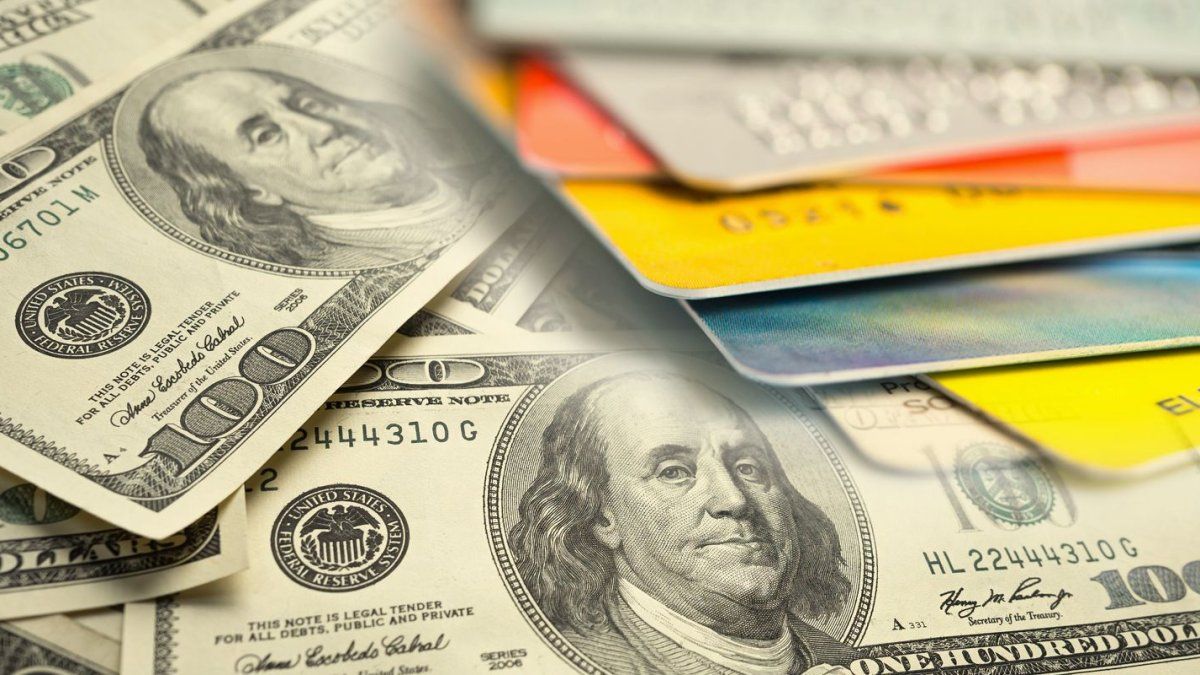He Central Bank (BCRA) enabled foreign currency payments with cards in shops And banks work against clock so that everything is underway from February 28 of this year, as established by the Communication “A” 8180which ordered that “Payments with debit card in US dollars They must be available for businesses that wish to accept that payment modality. “
This measure implies a partial dollarization of the economy. That is why the banks did was enable bimonnear accounts for companies so that they can interact with those of individual clients, which they already were. “All the accounts that we open now for SMEs are bimonnearies,” they reported in an entity to Scope.
Thus, the same debit cards that are used today to pay in pesos will serve to do so in dollars, although, for the moment, only bank cards, with CBU, will be used. That is why the entire financial business ecosystem must adapt. Acquirers (FISVER, PAYMENT MARKET, PAYWAY, GETNET, NAVING AND OTHERS) They already work on the subject. However, the system is volunteer for shops, that will pay the same tariffs and commissions as in the operations with a debit card in pesos. Any tax linked to the operation will be paid in pesos.
Remove the dollars from the mattress, the objective of the government
“The government’s intention is that people take out the dollars from the mattress and turn them into the economy“says another bank source. And he points out that, although banks always support the diversity of means of payment, then decides the market how they want to pay.” It is difficult to imagine that people are going to buy a jean and choose to do it in foreign currency, but what we do is give the instrument to do it as you want, “he says.
Along the same line, Economist Christian Buterwho worked years in the banking sector, points out that “It seems difficult that money laundering, which were overturned as savings are used in a transactional way”. Thus, it is unlikely that the saver allocate their holdings in foreign currency to current transactions, such as making expenses in the pharmacy or in the kiosk. “I think people have them as savings and they will not spend them as much as possible,” he says. However, another voice of the City indicates that “the Argentine economy was always bimonary and a property is bought in dollars and a house too”, so it does not rule out that larger operations can be carried out in foreign currency.
Banks advance against clock
The truth is that, for now, The financial system is in full implementation stage. What shops need is that their postnets accept payments in dollars and pesos, as happens when one goes to a “free shop”, for example. “Banks do not make each of these things a development, but through acquirence companies. The government’s expectation was to have it as soon as possible, but it will be at the end of February, so it put that date in the regulations,” he says To this medium someone who follows the process very closely.
Another source of the sector details that developments imply, among other things:
- Build the procedures that allow to accept these new payments in dollars, both on the paying side and the issuer. This is basically somewhat accounting.
- Enable the opening of accounts on the web. “In what we are moving forward, but the tests are not finished,” they say.
- Do the link with the processors (which also have to develop it).
“Once this is ok we will have it in force for SMEs, companies and individuals,” they anticipate. This is how, as of March, it can be paid in dollars or pesos. Payment in dollars with debit card In no case will an exchange operation imply. There will not be a conversion of pesos to dollars but directly the price of the product or service to be hired must be established in dollars.
The exchange rate and the payment of taxes, an unknown
Of course, to pay in dollars, the person will have to have dollars in their account, there is no conversion in the operation. And, at that point, there is another difficulty that Buteler points out: the exchange rate that is applied and the payment of taxes.
“The issue goes through the exchange rate to which the operation will be accredited and what amount after taxes are applied Because, if a person pays a dollar, what value in pesos that sale is settled and how it is taxed, “says the analyst. The logical thing is to apply the value of the official exchange rate, but, in case the applied exchange rate It has been another, like the MEP, there would be a difference that is not taxed.
Source: Ambito
I am a 24-year-old writer and journalist who has been working in the news industry for the past two years. I write primarily about market news, so if you’re looking for insights into what’s going on in the stock market or economic indicators, you’ve come to the right place. I also dabble in writing articles on lifestyle trends and pop culture news.




